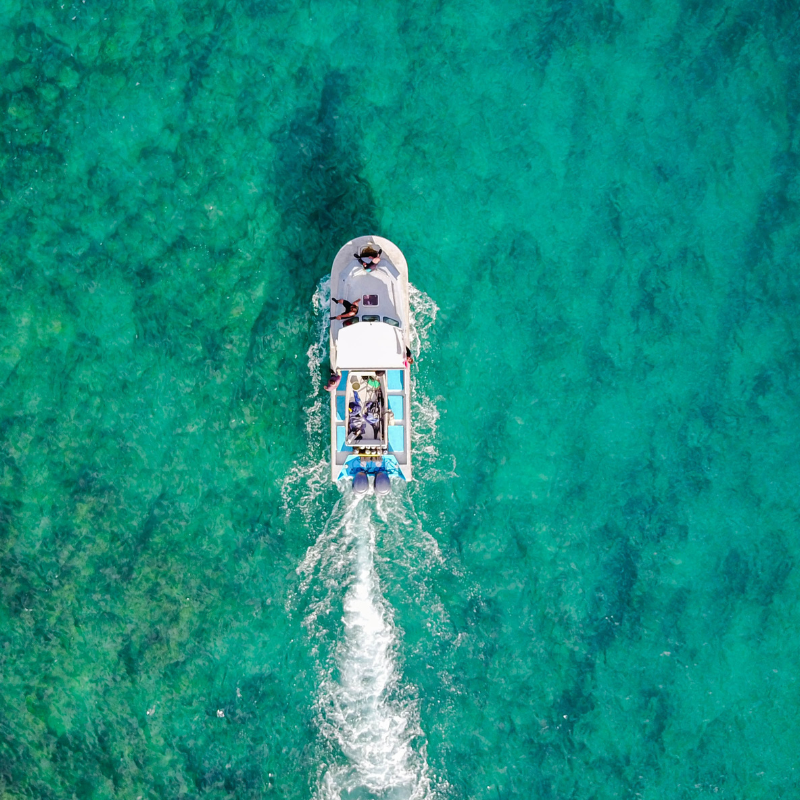
News
Flying A Drone From A Boat: 10 Top Tips
10 top tips for flying a drone from a boat and over the water. Tips include calibrating all sensors (compass and IMU) on land, elevating the take-off platform if the deck has high metal content, and be aware of the risk of GNSS multipathing ... Read More

Flying a drone from a boat and over the water comes with its own distinct challenges: We've compiled 10 top tips to help;
Tips include pre-checking your airspace before flight; calibrating all sensors (compass and IMU) on land; switching off the Downward Vision Positioning System; and setting the drone's Failsafe To Hover;
Prepare for a safe take-off: Elevate take-off platform if deck has high metal content, and rapidly increase throttle at take-off to exceed highest part of the vessel;
During flight, monitor the aircraft's telemetry data; and be aware of possible GNSS multipathing, increased risk of bird strike, and possible motion sickness;
Take post-flight maintenance seriously.
From capturing epic imagery to conducting critical infrastructure inspections - sometimes drone pilots find themselves operating at sea.
As rewarding as these missions can be, they come with distinct challenges, including flying from a boat.
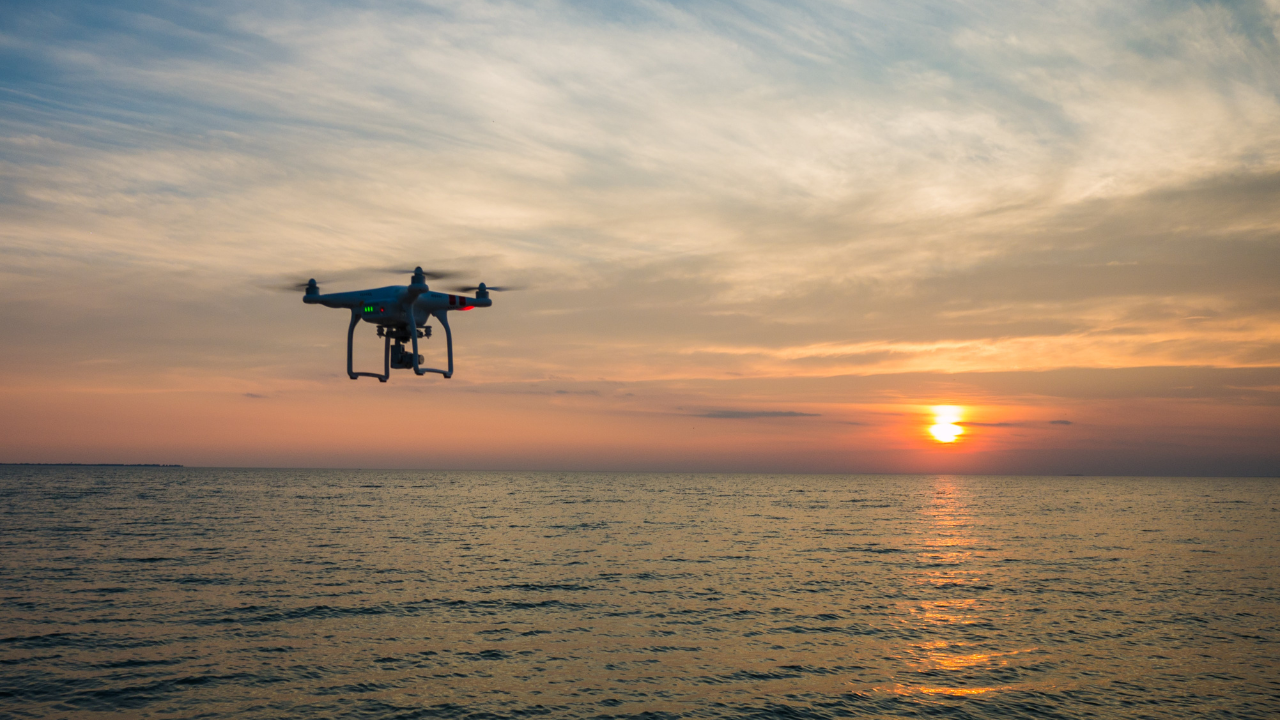
In fact, the principles of launching a drone from a vessel and operating over water has become an increasingly hot topic, with our in-house training team regularly fielding questions on the subject.
With this in mind, we've prepared a list of top tips to help pilots fly from a boat, safely and effectively, to capture the content they need.
Flying A Drone From A Boat: Top Tips
Pre-check Airspace
The ocean is vast, but don't be fooled into thinking you have complete operational freedom. It is important that pilots pre-check airspace in all areas in which the boat will be located to ensure the drone does not unexpectedly enter a no-fly zone.
While at sea, drone laws - including keeping the drone in visual line of sight (if you haven't got permissions to fly beyond this) and legal distances from uninvolved people - do still apply. Find out more in our drone laws guide. The relevant drone laws relate to the specific Flight Information Region that pilots are operating in, as shown in the image below.
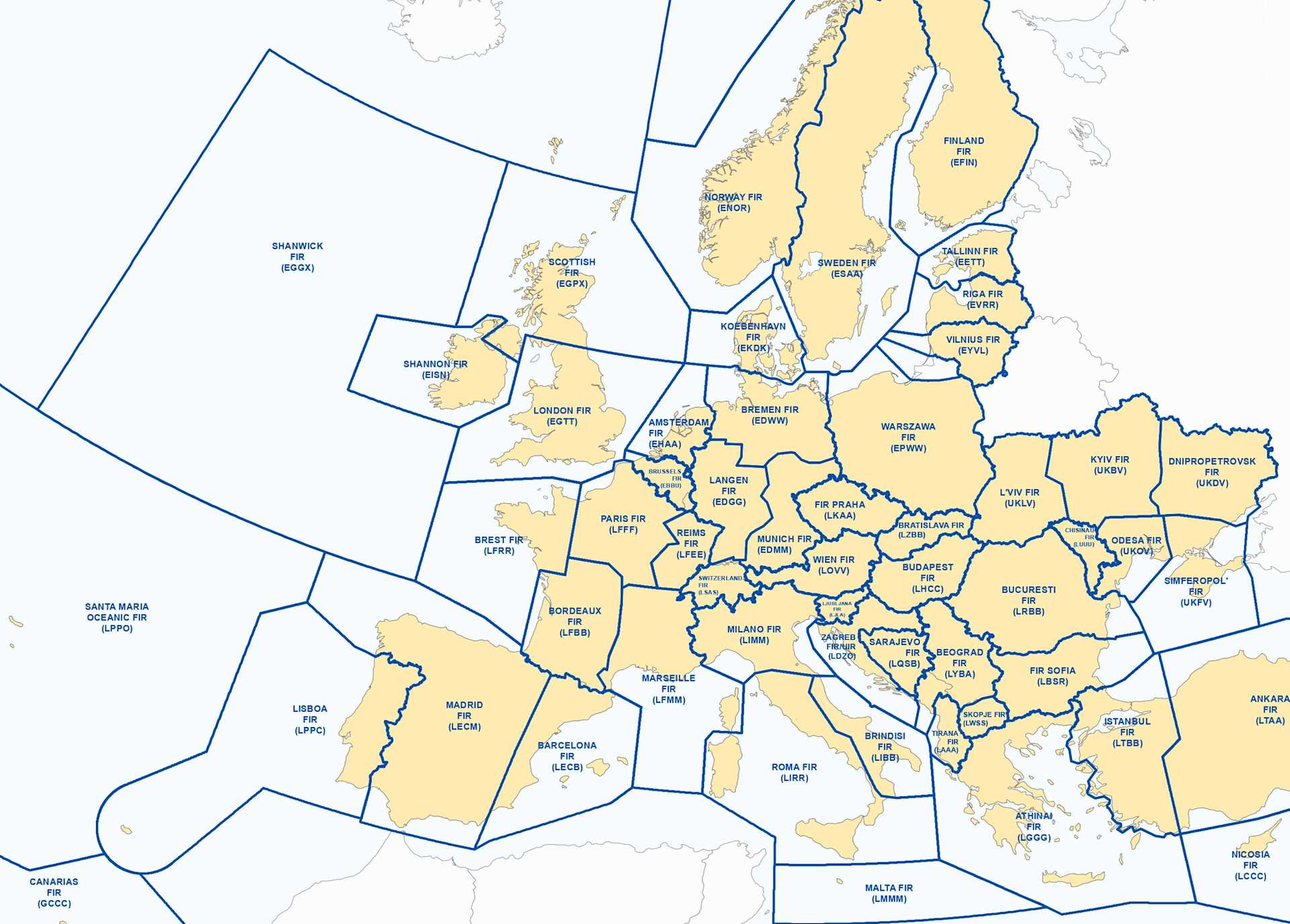
Calibrate All Sensors On Land
It is important that all of the sensors (Compass and IMU) are calibrated on land before the boat embarks.
Compass errors are frequent when in close proximity to metal. And boats have a high metal content.
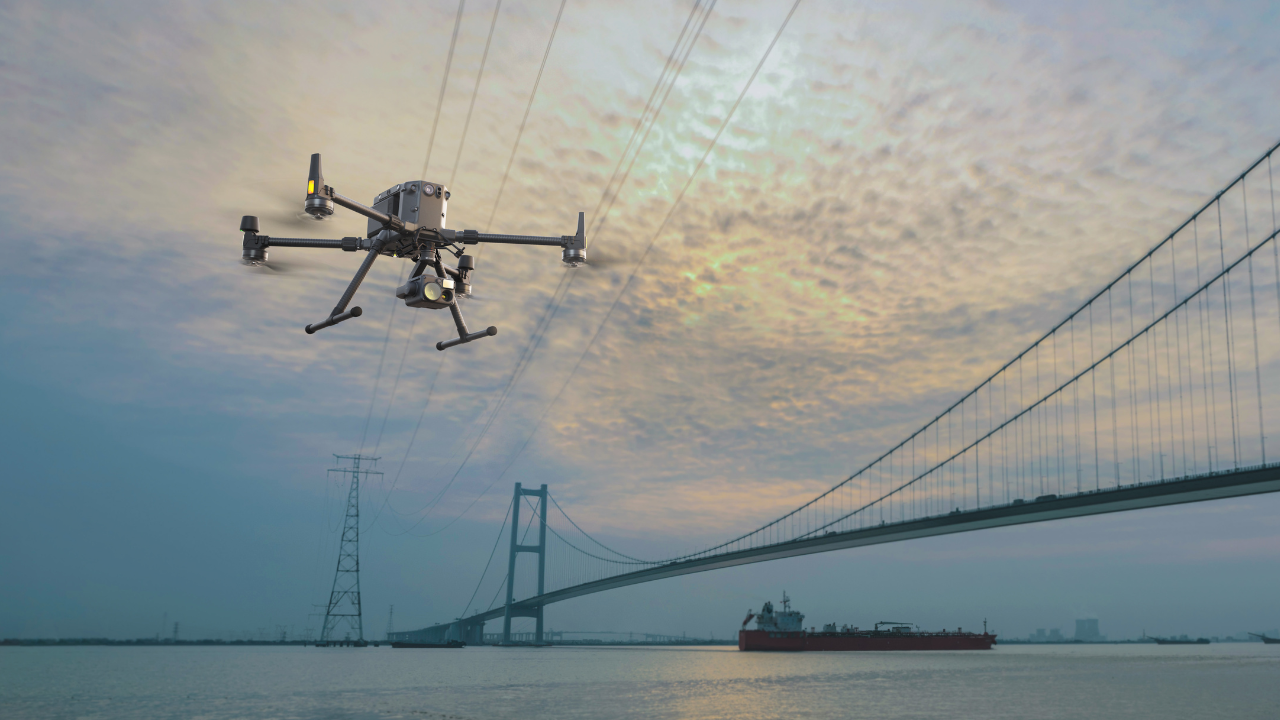
Switch Off Downward Vision Positioning System
There is some debate on this subject, but we advise pilots to switch off the drone's Downward Vision Positioning System, especially when flying close to the water.
This technology maps the surface below the drone to help position the aircraft, but the light reflecting off the surface of the water can cause issues.
It is best to maintain a height of more than two metres above the water, but if flights are lower, turn off the Downward VPS to avoid any unstable actions by the drone.
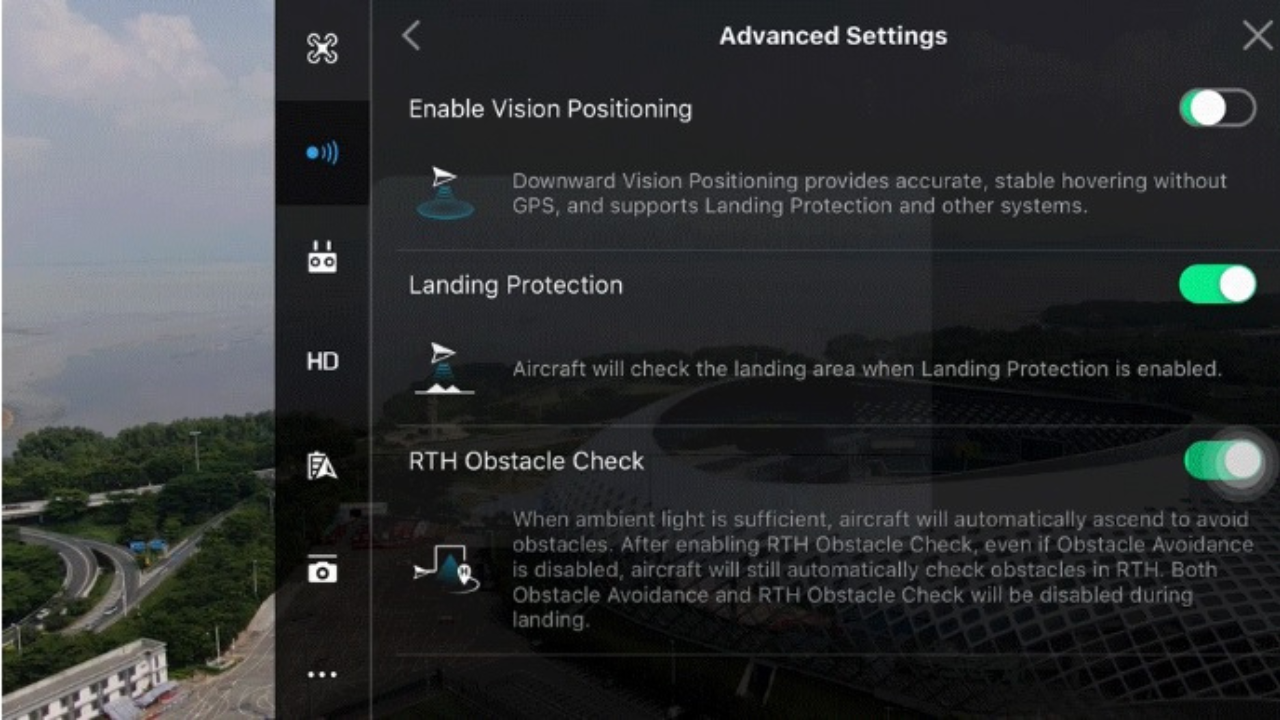
Set Failsafe To Hover
We recommend that pilots set the drone's Failsafe to Hover, rather than Return To Home.
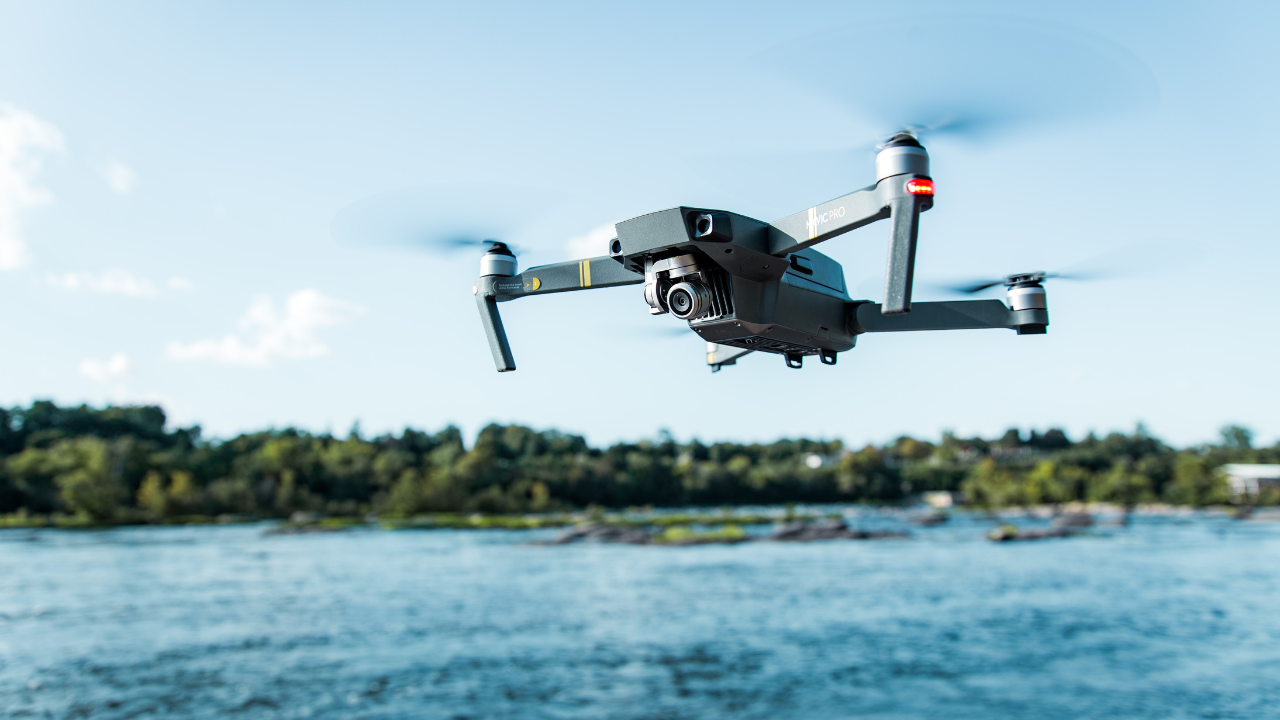
**Elevate Take-off and Landing Platform
**If the boat's deck has high metal content - which can result in compass errors within 1.5m - consider elevating the take-off and landing platform.
Wooden pallets (non-slated) or the drone's hard case may be suitable, but likely to move with deck movement. Alternatively, the drone can be hand launched (and caught on landing), but please note that this does come with its own risks, so proceed with caution. Suitable PPE (personal protective equipment) is advised when catching an incoming drone.
**Rapidly Increase Throttle At Take-off
**The take-off procedure should be adapted to rapidly increase throttle to a height exceeding the tallest part of the vessel and in a direction away from the vessel to avoid collision.
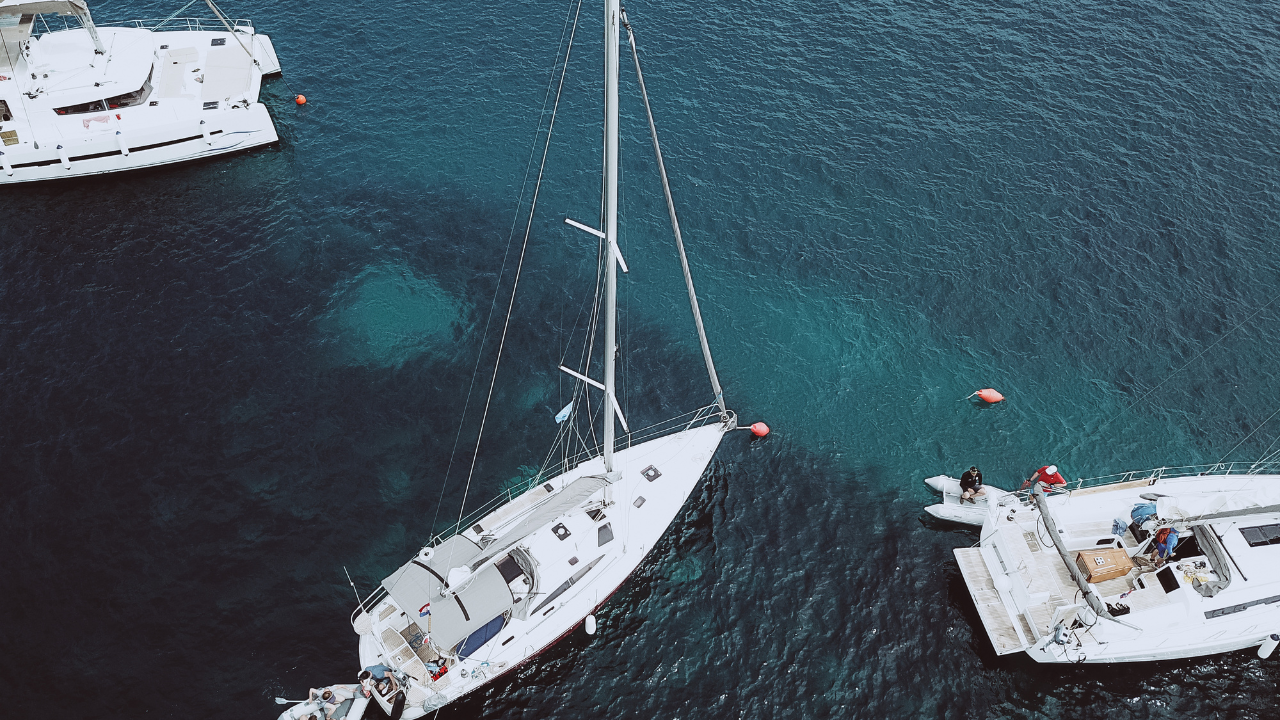
Be Aware Of Possible GNSS Multipathing
Water can reflect GNSS, resulting in multipathing. This can lead to the GPS miscalculating its position, causing positional inaccuracies.
Nothing can be done to mitigate this, but the remote pilot should continue to monitor the aircraft telemetry data throughout the flight and ensure that they are competent in operating in a non-GNSS assisted flight mode, such as Attitude (ATTI) mode.
Be Aware Of Motion Sickness
While not specifically a drone take-off/landing principle, it is important that remote pilots are aware of the potential risk of motion sickness.
Motion sickness in this environment is common, even for those who don't routinely suffer, due to a combination of looking up and the movement of the boat.
Prepare for this by taking motion/travel sickness pills with over-the-counter or prescription brands available.
Increased Risk of Bird Strike
Operating over the water can increase the chances of the drone being susceptible to bird strikes.

Take Post Flight Maintenance Seriously
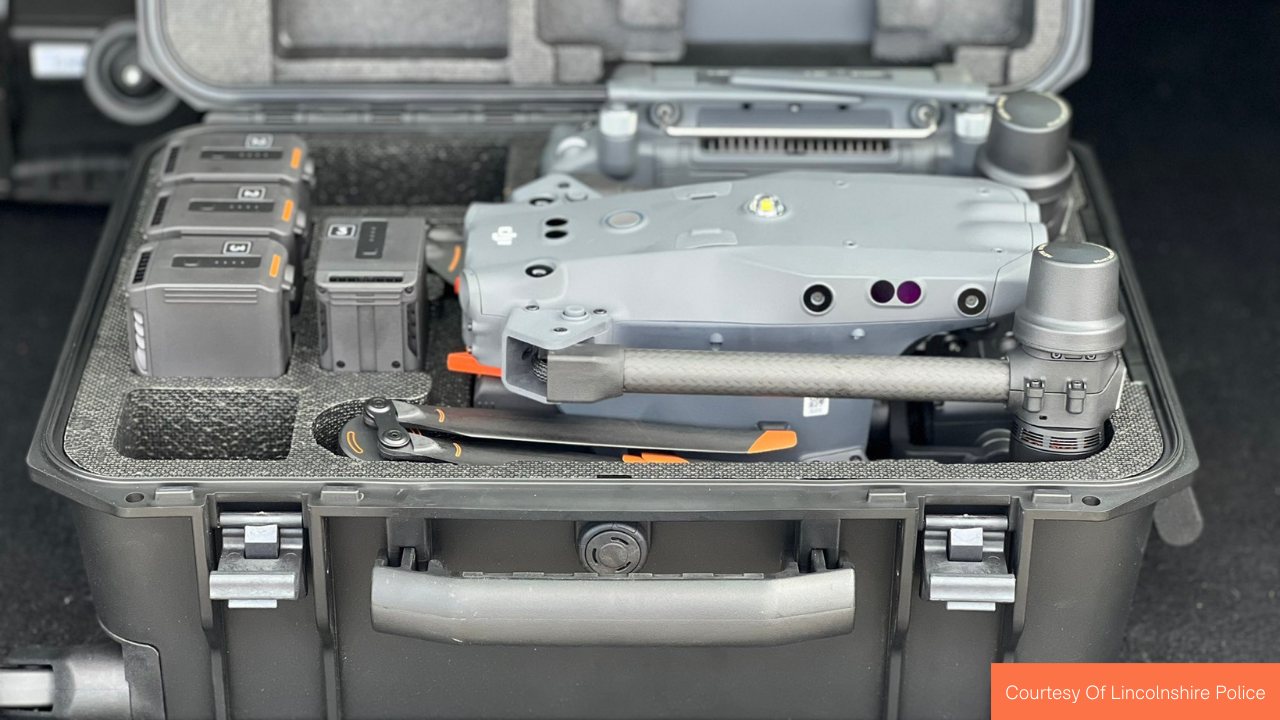
Flying A Drone From A Boat: Top Tips
Flying above the water can present great opportunities, but there are some unique challenges associated with this type of flight which are different from routine missions over land.
It is important that drone operators take it seriously and give drone deployment from a boat the respect it deserves.
We hope this guide helps you. But for further advice, contact heliguy™ and our team will be happy to assist.
